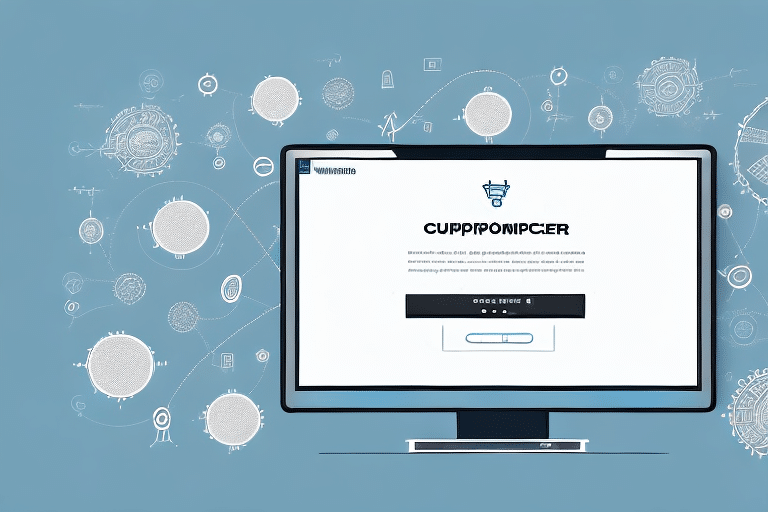Enhance Your Business with a Customer Retention Excel Template
Retaining customers is pivotal for sustained business growth and profitability. While acquiring new customers can be costly and time-consuming, fostering loyalty among existing customers ensures a steady revenue stream and positive word-of-mouth referrals. Leveraging an Excel template for customer retention provides a structured and efficient way to manage and analyze customer data, ultimately improving your business's bottom line. This guide explores the significance of customer retention and how to effectively utilize an Excel template to enhance it.
The Significance of Customer Retention
Customer retention plays a critical role in a company's success. According to Forbes, increasing customer retention rates by just 5% can lead to a profit boost of 25% to 95%. Loyal customers not only contribute to repeat business but also act as brand ambassadors, attracting new customers through referrals.
- Cost Efficiency: Retaining existing customers is more cost-effective than acquiring new ones.
- Consistent Revenue: Repeat customers provide a reliable revenue stream.
- Brand Advocacy: Satisfied customers are more likely to recommend your business to others.
Strategies to Improve Customer Retention
Enhancing customer retention involves implementing strategies that make customers feel valued and appreciated. Key approaches include:
- Exceptional Customer Service: Train your team to be responsive, friendly, and solution-oriented.
- Loyalty Programs: Offer rewards, discounts, or exclusive access to encourage repeat business.
- Personalized Experiences: Customize interactions based on customer preferences and behaviors.
Understanding Customer Retention Metrics
To effectively manage customer retention, it's essential to track and analyze relevant metrics. Key metrics include:
- Customer Lifetime Value (CLV): The total revenue a business can expect from a single customer account.
- Churn Rate: The percentage of customers who stop doing business with you over a specific period.
- Customer Acquisition Cost (CAC): The cost associated with acquiring a new customer.
Monitoring these metrics helps in identifying trends, understanding customer behavior, and making informed decisions to enhance retention strategies.
Using Excel to Track Retention Metrics
An Excel template can streamline the process of tracking these metrics. By inputting relevant data, you can utilize Excel's formulas and functions to calculate CLV, churn rate, and CAC, providing clear insights into your retention performance.
Leveraging Excel Templates for Customer Retention
Excel templates designed for customer retention offer customizable solutions to manage and analyze customer data effectively. These templates enable you to:
- Track customer interactions and purchases
- Segment customers based on behavior and value
- Identify high-risk customers likely to churn
- Develop targeted retention strategies
Key Features of an Effective Excel Template
- Automated Reporting: Generate regular reports without manual calculations.
- Customer Segmentation: Categorize customers based on various criteria for targeted marketing.
- Predictive Analytics: Forecast future customer behaviors and trends.
- Integration Capabilities: Seamlessly connect with CRM systems and other tools.
Step-by-Step Guide to Utilizing a Customer Retention Excel Template
1. Data Collection and Input
Begin by gathering all relevant customer data, including purchase history, interaction records, and demographic information. Input this data into the Excel template, ensuring accuracy and completeness.
2. Data Analysis and Visualization
Use Excel's built-in functions to analyze the data. Create charts and graphs to visualize key metrics, making it easier to interpret trends and patterns.
3. Customer Segmentation
Segment your customers based on criteria such as purchase frequency, total spend, and engagement levels. This allows for targeted retention strategies tailored to each segment.
4. Identifying High-Risk Customers
Utilize the template to identify customers who are at risk of churning. Analyze their behavior to understand potential causes and address them proactively.
5. Developing Retention Strategies
Based on your analysis, develop and implement strategies to retain customers. This may include personalized offers, enhanced customer service, or loyalty programs.
Customizing Your Excel Template for Optimal Use
To maximize the effectiveness of your Excel template, customize it to fit your specific business needs. Consider the following enhancements:
- Adding Custom Columns: Include additional data points relevant to your business.
- Conditional Formatting: Highlight key data metrics for quick reference.
- Automating Tasks: Use macros to automate repetitive tasks, saving time and reducing errors.
- Incorporating Branding: Add your company logo and color scheme to personalize the template.
Ensuring Data Security and Integrity
Regularly back up your Excel file and protect it with strong passwords to safeguard sensitive customer information. Implement version control to track changes and maintain data integrity.
Integrating Excel with Other Tools and Platforms
Enhance the functionality of your Excel template by integrating it with other business tools, such as CRM systems, email marketing platforms, and social media management tools. Integration allows for seamless data flow, providing a comprehensive view of customer interactions across various channels.
- CRM Integration: Sync customer data to maintain consistency and streamline communication.
- Email Marketing Platforms: Automate personalized email campaigns based on customer behavior.
- Social Media Tools: Monitor and engage with customers across social media platforms.
Measuring and Evaluating Retention Success
Continuous assessment of your retention strategies is essential for ongoing improvement. Use your Excel template to:
- Track improvements in key metrics over time
- Evaluate the effectiveness of specific retention campaigns
- Identify areas needing adjustment or enhancement
Regularly updating and analyzing your data ensures that your retention efforts remain aligned with your business goals and customer needs.
Conclusion: Maximizing Business Growth with an Excel-Based Customer Retention Strategy
Implementing a customer retention strategy using an Excel template offers a cost-effective and customizable solution to manage and analyze customer data. By tracking essential metrics, segmenting customers, and developing targeted retention strategies, businesses can enhance customer loyalty and drive sustained growth. Regularly updating and customizing your Excel template ensures that your retention efforts remain effective and responsive to changing customer behaviors and market trends.
For further insights on customer retention strategies, refer to reputable sources such as the Harvard Business Review and industry reports from McKinsey & Company.




















